Critical solar panel safety considerations for responders
For a number of years now, solar power systems (a/k/a/ photo-voltaic - PV - systems – solar hot water, concentrated solar power, etc.) have grown in popularity and continue to become increasingly accepted energy sources for residential and commercial properties. They operate simplistically and can pose great environmental benefits.
According to the United States Green Building Council, those using solar energy in their homes and businesses can reap benefits like:
- Reduced energy bills
- Earned tax credits and rebates
- High monetary savings
- Reduced environmental pollution
Today, we see new solar innovations all the time. Solar panels have expanded to include solar shingles, sun lights and more. These items all absorb solar energy from the sun, and then convert it into electrical power for use on consumer properties or other locations. The energy is clean and cheap; but it comes with important safety considerations and fire protection concerns.
Industry best practices for installation, operation, maintenance, and repair are improving. Also, the technology changes over the last seven years and the fact that older systems may present more distinct challenges than new systems suggests that these solar energy systems can still create challenges for emergency responders in a variety of ways.
Safety and training considerations by emergency responders should include:
- Understanding the hazards and exposures these units pose
- Assessing the risks at each site
- Protecting yourself through proper solar system training
It is a good idea to start preparing by having a local or regional installer of solar systems address your organization on proper installation and operational practices. The installer will be familiar with what has been installed and is being installed across your community and is therefore able to discuss important details of the system types and their specific safety considerations.
It is typically easy to identify a property with a solar electric system as the solar panel arrays are usually visible on the building itself or in an open area. Figure 1 (below) shows a dwelling with a solar panel array installed on the roof of the dwelling. However, you may also find these systems on commercial buildings (Figure 2) where they are more hidden from view. In addition, solar energy systems can include industrial properties and even be in open fields (Figure 3). Individual equipment devices requiring power are also becoming popular at construction sites and on limited access highways (Figures 4, 5, and 6). It’s a good idea to ask an installer about the precautions noted in this article and their applicability to the systems you will encounter in your area.
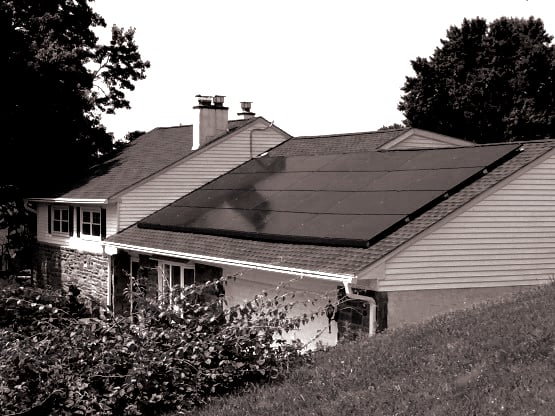
Figure 1 - Typical Residential Solar Panels
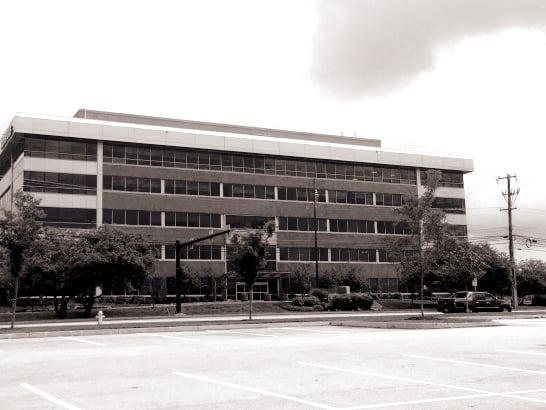
Figure 2 - Commercial social energy panels
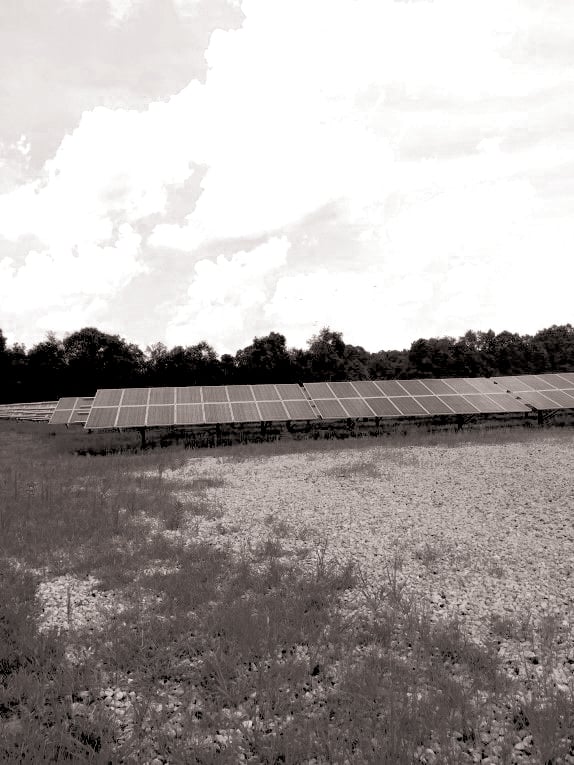
Figure 3 - Typical solar panel array in an open field
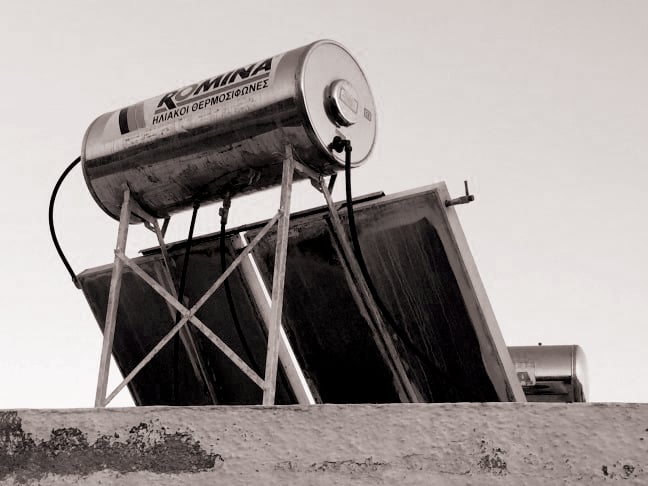
Figure 4 - Hot water heater or small service solar panel
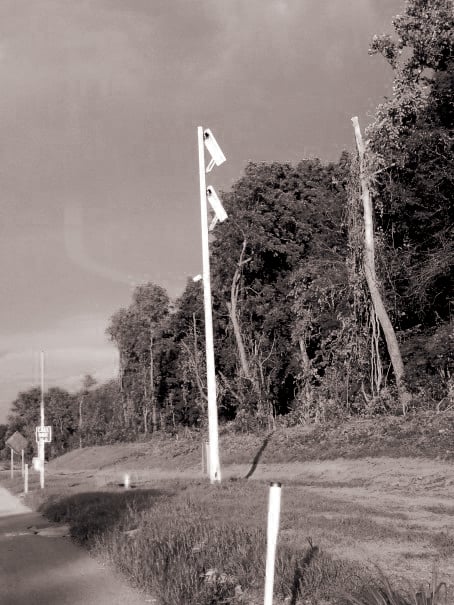
Figure 5 - Solar panel configuration for remote areas
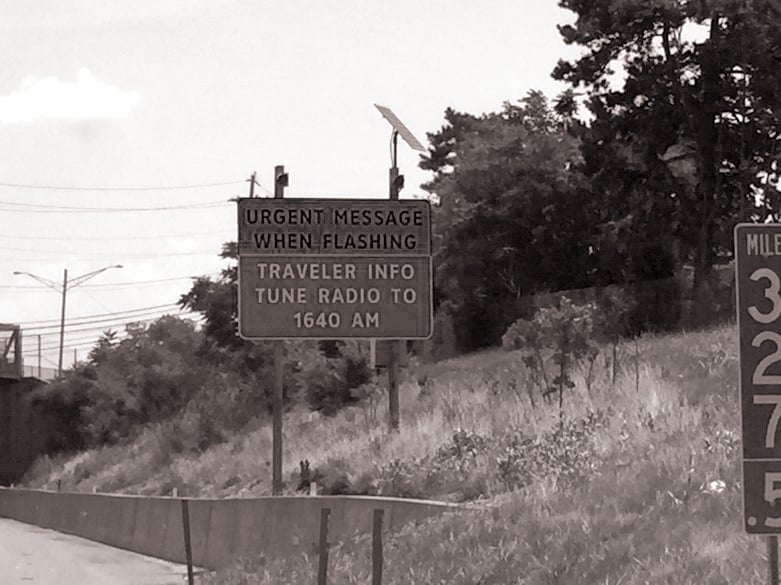
Figure 6 - Solar panel power configuration on a limited access highway
There are several reports available to the fire service regarding solar power systems and what risks they can present during emergency response. Known hazards include:
- Electrocution as PV modules should be considered energized at all times. These modules generate direct current electricity, and when damaged or disconnected from site electrical systems, present a shock hazard
- Slip, trip and fall situations
- Chemical burns (particularly if there are on-site battery installations and if hydrogen gas exists)
- Roof loading which can result in ventilation and roof collapse if the roof structure is compromised or damaged in an incident or dead load weight is excessive
- Hazardous fumes from the thin film covering on the panels, which may degrade
- Stinging and biting insects which may nest in these systems
One of the keys to solar panel safety is to assure that PV sites are identified and evaluated to the extent that disconnect locations are known, roof access is defined, related hazards are identified and contacts for solar energy related emergency personnel have been established. Information on solar panels within your community should be documented and maintained as frequently as possible via mobile data terminals, CAD printouts, electronical dispatch providers, etc. when dispatched.
It is further recommended that you have contact information for installers readily available in a database, emergency management resource directory, etc., so that you are able to contact these individuals in the event of a solar panel incident. The installer name and contact info for each system should be documented and accessible when needed.
Individually, it is important to keep the following safety tips in mind:
- Always assume solar PV modules are generating electricity, even at night
- Don’t break, cut or damage the modules
- Don’t walk across modules
- Foams are minimally effective
- Not all tarps block sunlight
- Wear protective clothing and your self-contained breathing apparatus (SCBA), and remove jewelry and similar items
- Use insulated tools
- Lock out and tag out the main electrical panel, and have multiple ladders raised for access and escape
- In addition, add any specific safety tips to your list that your local installers recommend
In summary:
Solar panel systems create a clean, eco-friendly and cheaper source of electricity than traditional electrical generating stations. Despite these benefits, it’s important to remember that they pose unique hazards to your emergency response activities. Being aware of these hazards in advance will help you to more safely and effectively handle them, keeping your crew, your volunteers and those you are responding to more secure.
Chief Bill Jenaway, VFIS
DISCLAIMER
The information contained in this blog post is intended for educational purposes only and is not intended to replace expert advice in connection with the topics presented. Glatfelter specifically disclaims any liability for any act or omission by any person or entity in connection with the preparation, use or implementation of plans, principles, concepts or information contained in this publication.
Glatfelter does not make any representation or warranty, expressed or implied, with respect to the results obtained by the use, adherence or implementation of the material contained in this publication. The implementation of the plans, principles, concepts or materials contained in this publication is not a guarantee that you will achieve a certain desired result. It is strongly recommended that you consult with a professional advisor, architect or other expert prior to the implementation of plans, principles, concepts or materials contained in this publication.
This blog post may contain the content of third parties and links to third party websites. Third party content and websites are owned and operated by an independent party over which Glatfelter has no control. Glatfelter makes no representation, warranty, or guarantee as to the accuracy, completeness, timeliness or reliability of any third party content. References to third party services, processes, products, or other information does not constitute or imply any endorsement, sponsorship or recommendation by Glatfelter, unless expressly stated otherwise.
Related posts
We asked 10 members of our VFIS Team to name one auto-related risk that they believe is underdiscussed in fire and EMS agencies. Here’s what they said.
Most volunteer fire departments rely heavily on POVs, but there are inherent risks you should know.
Establish a Emergency Vehicle Operations Program that includes driver/operator requirements to help ensure your vehicles are in the right hands.



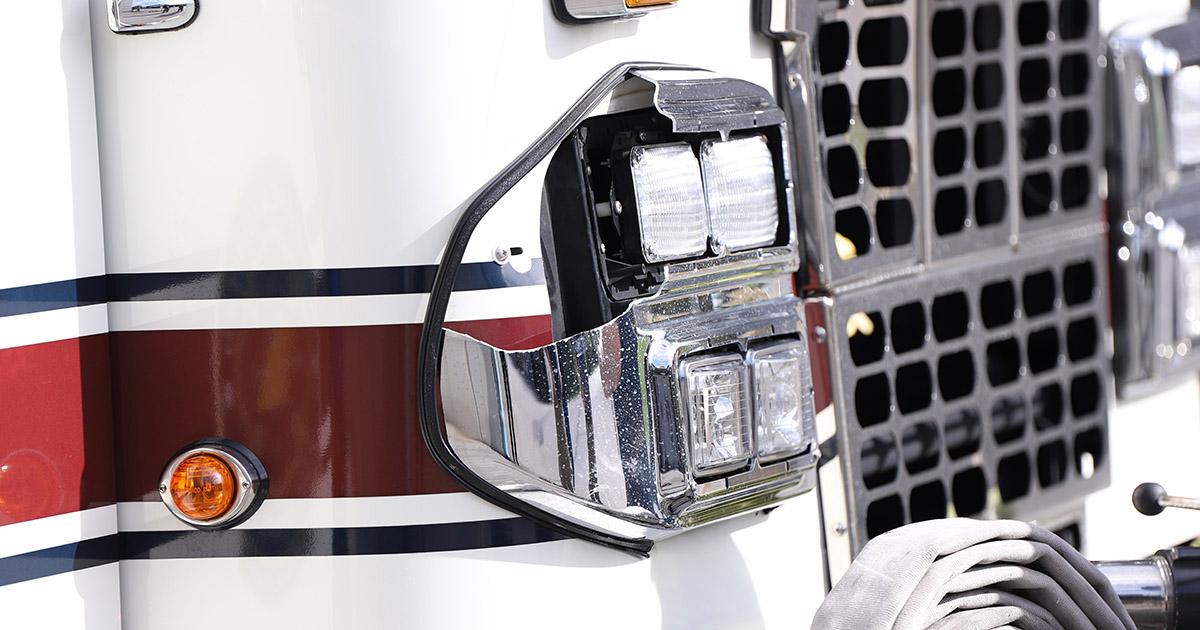

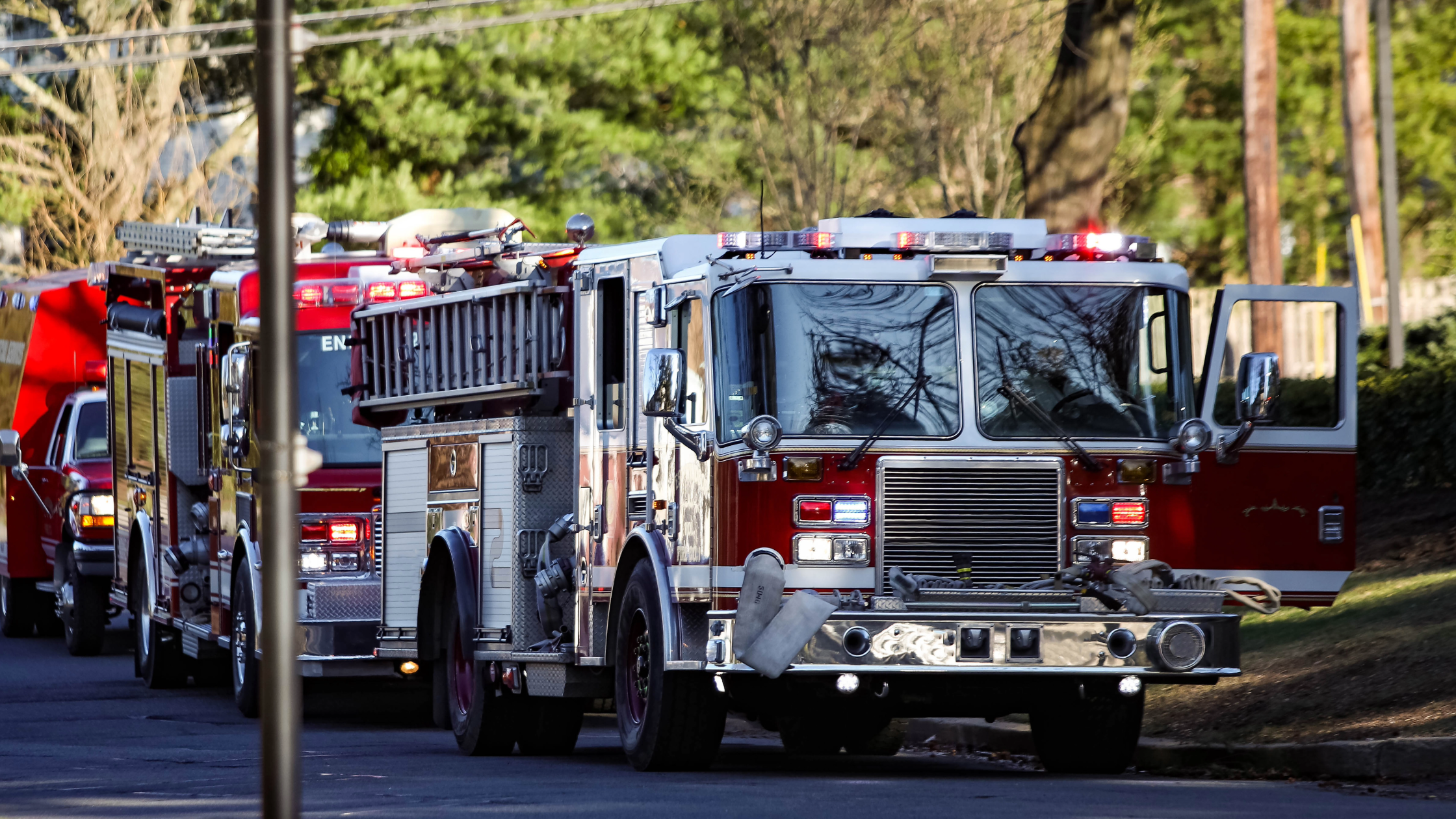

Submit a Comment